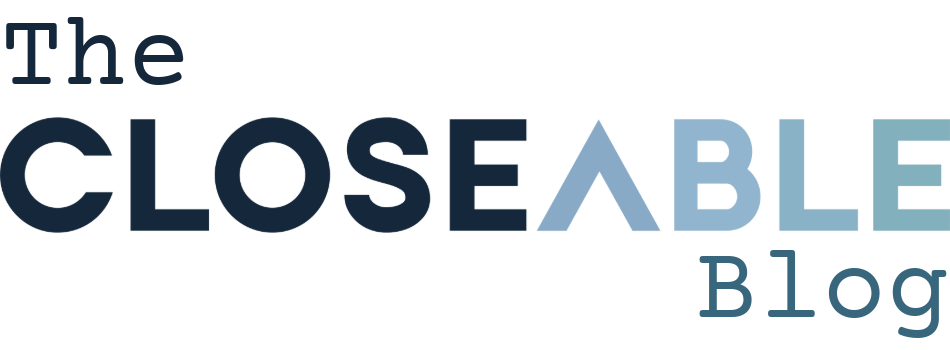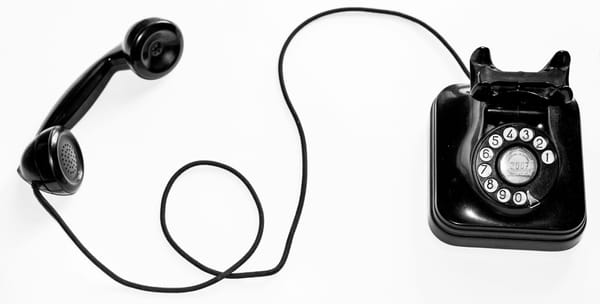We Analyzed 100,000 Texts with Customers. Here's what Converts
We've analyzed tens of thousands of SMS conversations across multiple products. This analysis helps us...
- Make refinements on individual products: what templates work, what concerns recur.
- Provide a feedback loop to our current and growing team.
- Train and revise AI assistants that need to replicate our team's tone and strategy.
But along the way we've seen some insights that apply to any business having real conversations with consumers or small business customers over text.
Table stakes: Response time will make or break you
The relationship between response speed and customer retention is brutal in its clarity. Take a look at the trend in response and close rate, based on how quickly you reply to a customer's first message.

Take up to 5 minutes to respond and you're still in good shape. Go beyond 10 minutes and you've lost 11% of potential customers. Beyond an hour? 25% walked out the door. Over 24 hours and you're looking at a 38% drop in conversions.
This is where the hybrid human + AI approach shines on SMS. AI never needs breaks, so it can handle response time and extend coverage. But it needs to nail the human rep's tone and knowledge base (more on this later).
Plot twist: Message length doesn't matter
I expected to find a sweet spot for message length – long enough to add value, short enough to stay concise. The reality? It barely matters (within some reason)
What Percent of Conversations Continue, Based on Length of First Reply?

If you send 50 characters or 500, continuation rates stay roughly the same, and this is true after the first reply as well. The only messages that consistently kill conversations are the really short ones – but these include natural wrap ups like "thanks" or "sounds good."
Our team naturally keeps messages concise over SMS, so we're not testing novel-length texts here. But for context, these two paragraphs combined are 481 characters. You probably have more room than you think.
The caveat: Relative length matters
While absolute length doesn't predict success, relative length tells a different story, particularly after the first reply (once a back and forth has started)
| Your reply vs. theirs | Customer continued (replied) | Deal closed |
|---|---|---|
| Much shorter (-50+ chars) | 67% | 37% |
| About the same (±50 chars) | 68% | 37% |
| Longer (+50-150 chars) | 68% | 35% |
| Much longer (+150+ chars) | 69% | 32% |
While there's no impact on reply rate, there is an impact on close rates (whether those replies go anywhere) if your reply is far longer than the customers.
There are a couple common patterns in those 'unbalanced' conversations.
Archetype 1: "Mind if I share more info?"
- Rep offers to share more as a follow up
- Customer says yes
- Rep launches into dissertation
- Customer: "okay" (conversation dies)
Archetype 2: "Unleash the arsenal"
- Customer mentions price (or other) concern
- Rep responds with cost breakdown + value prop + social proof + financing options
- Customer: "No thanks"
SMS can feel fleeting: a customer could ghost you at any moment, so it's natural to fear that this message is your one chance to 'win'. But in the rush to dump everything, you skip the crucial step of figuring out what they actually care about.
The fix? Answer their question briefly, pivot to further discovery, address concerns specifically.
Questions keep things rolling
Related to that fix – messages with questions significantly outperform those without. Take a look at this comparison of otherwise similar messages.
| Approach | Customer continued | Deal closed |
|---|---|---|
| With question | 76% | 28% |
| No question | 68% | 24% |
| Difference | +8 points | +4 points |
Questions keep conversations alive and deals moving forward.
Individual (human) advantage: Reading subtext
This is where things get interesting, but admittedly harder to put a finger on. To begin with, you know individual skill plays a part. Top performers often close 35-40% above average, while bottom performers lag 15-20% behind.
We see a similar dynamic in AI agents vs. human reps on average. AI agents actually keep conversations going at higher rates than humans (we've seen 22-point improvements in one case) because they can instantly and consistently apply rules like those above. But we've yet to see an AI agent actually match an average rep on close rate, let alone match top performers.
The difference? Subtext.
Any decent rep can spot sarcasm versus real objections. Good performers know when to break from script and go for the close. Top performers can sense when to push one more time versus when to let the conversation breathe, how to crystallize the decision, or when to just pick up the phone.
This skill comes from a mix of communication fundamentals (empathy, knowing when to persist) and pattern recognition built through training and countless customer interactions.
Shameless plug: This is why the hybrid approach wins
Not surprisingly, we believe in implementing these best practices through a hybrid approach at Closeable. AI assistants expand coverage, improve response times, and handle straightforward queries. But conversations are much more likely to close when driven by a qualified rep who can intervene at the right moment, determine follow-up strategy, escalate to a call, or read when it's time to close versus back off.
The channel feels more ephemeral because customers can ghost at any time. But that doesn't mean the fundamentals of good sales conversations disappear – if anything, they become more important.




